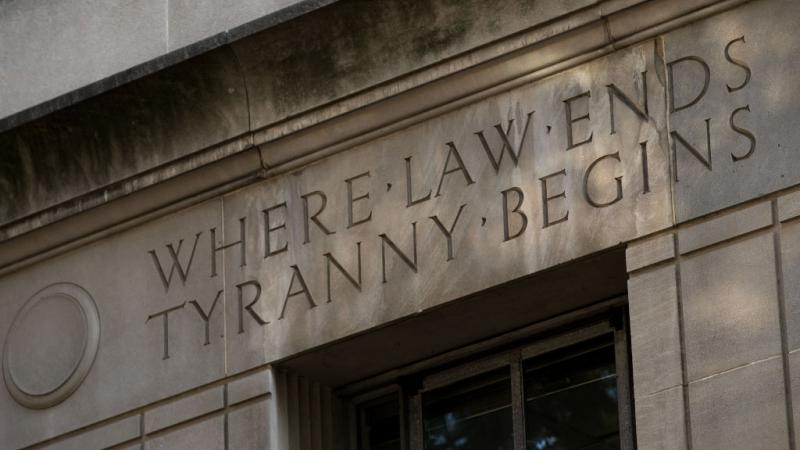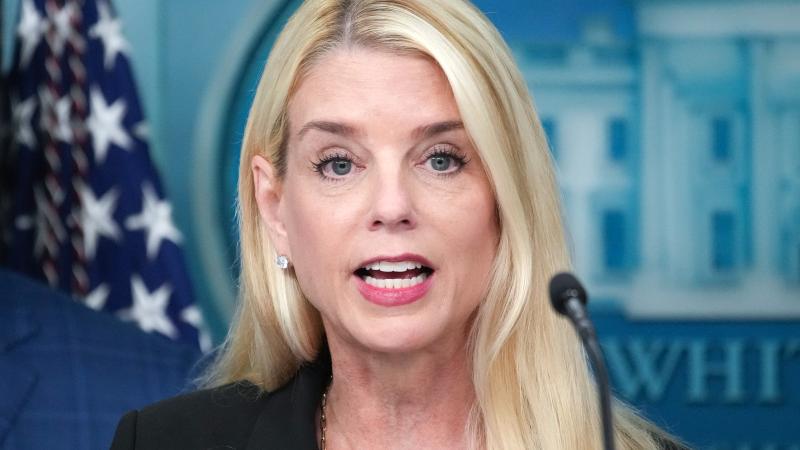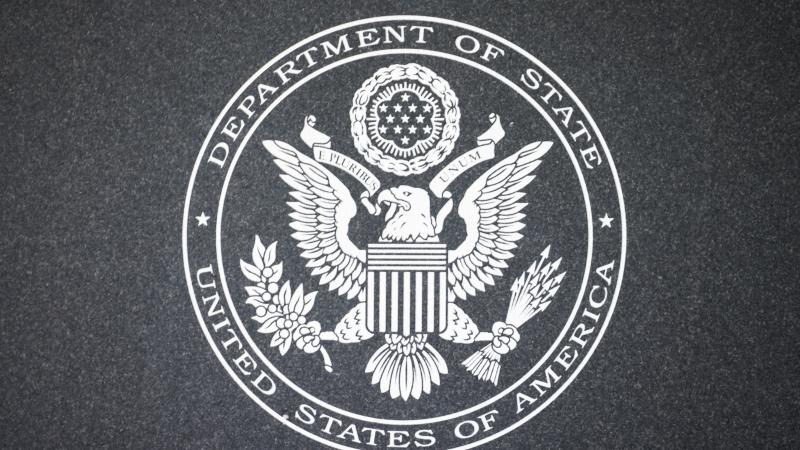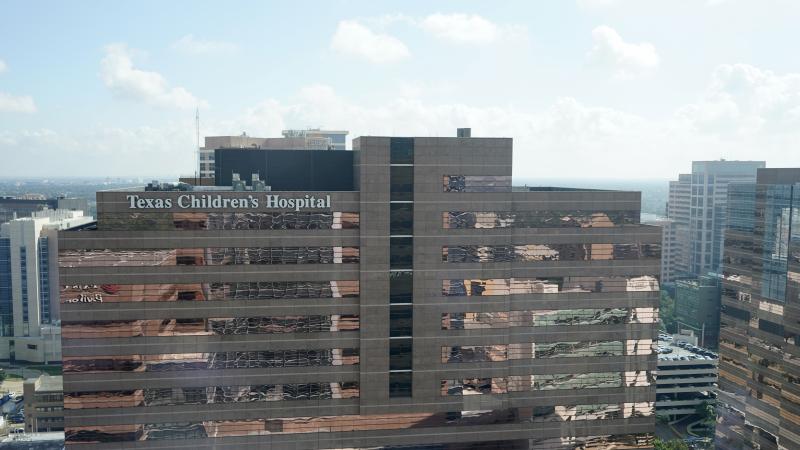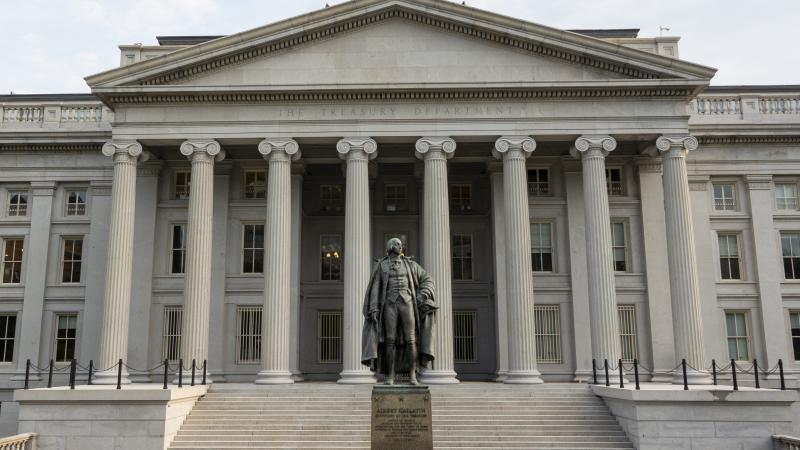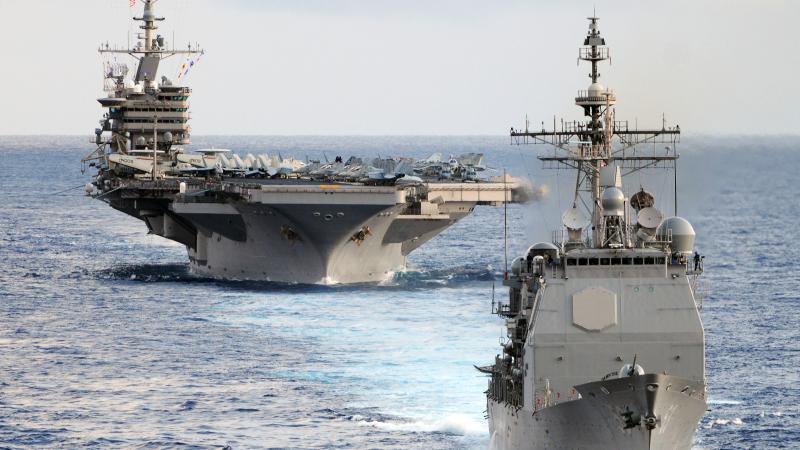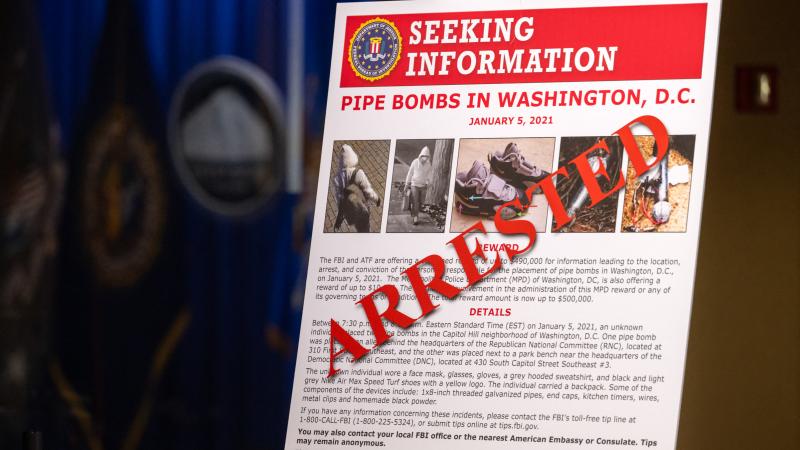NTSB begins hearings on deadly US helicopter, commercial jet crash over Potomac, Army apologizes
Army Secretary Daniel Driscoll gave an apology to family members of the crash victims in a private meeting, for both the Army's involvement and failing to share any information regarding the disaster with the families
The National Transportation Safety Board will begin hearings Wednesday on the January midair crash between an Army Black Hawk helicopter and an American Airlines flight over the Potomac River, as the secretary of the military branch apologized to victims' families.
Army Secretary Daniel Driscoll apologized Tuesday for the collision that occurred near Washington’s Reagan National Airport on Jan. 29, killing 67 people, The Washington Post reported.
He gave an apology to family members of the crash victims in a private meeting on Tuesday, for both the Army's involvement and failing to share any information regarding the disaster with the families.
It “meant a lot to a lot of the people in the room and on the line,” Doug Lane said, whose wife Christine and 16-year-old son Spencer were both killed in the crash. He and another 167 family members wrote to Driscoll earlier this month about their disappointment with the Army’s response.
Tim Lilley, another attendee, whose son Sam was first officer on the American Airlines flight, said, “I asked for an apology for the leadership failures that led to this accident. I didn’t get that exactly. What I got was, ‘We’re sorry that the army had anything to do with this accident.’ So it’s kind of close.”
The Army helicopter was flying too high on a dedicated helicopter route along the Potomac River that passes beneath a landing path for one of the runways at Reagan National Airport, in Virginia, across the river from Washington, D.C.
The NTSB has said it is investigating why the helicopter was flying at that altitude as it sped south over the river.
Even normally, there was little margin for error between the helicopter route and the landing path, according to the Post, which found that the gap was as little as 15 feet. When the crash occurred, the helicopter was flying 78 feet higher than the 200-foot altitude limit on the helicopter route, according to investigators.
The conclusion of the NTSB's investigation into the crash will probably come next year. In the meantime, the Army has not disclosed much about its review of the collision, upsetting family members of the victims, many of whom were figure skaters coming back from a development camp in Wichita.
On Wednesday, the first session of the NTSB hearing will examine the helicopter's systems, including the altimeter, while another panel reviews the helicopter routes.
The next day, the NTSB reviewers will look at the air traffic control procedures and training at the airport. On Friday, the board will examine safety data and safety management by government agencies.
NTSB Chairwoman Jennifer Homendy previously said she was angry over the Federal Aviation Administration not identifying the risks regarding the shared routes, despite its own records noting the dangers. Hemedy also said she is seeking information about a government working group set up in the years prior to the crash to manage the risks of helicopters in the area.
“We never want this to happen to anybody else,” Homendy said Monday. She said she and other board members have met with family members of the victims multiple times, who will be briefed before the hearings on what to expect. Homendy added that she hopes to have the investigation finished by the anniversary of the accident.

